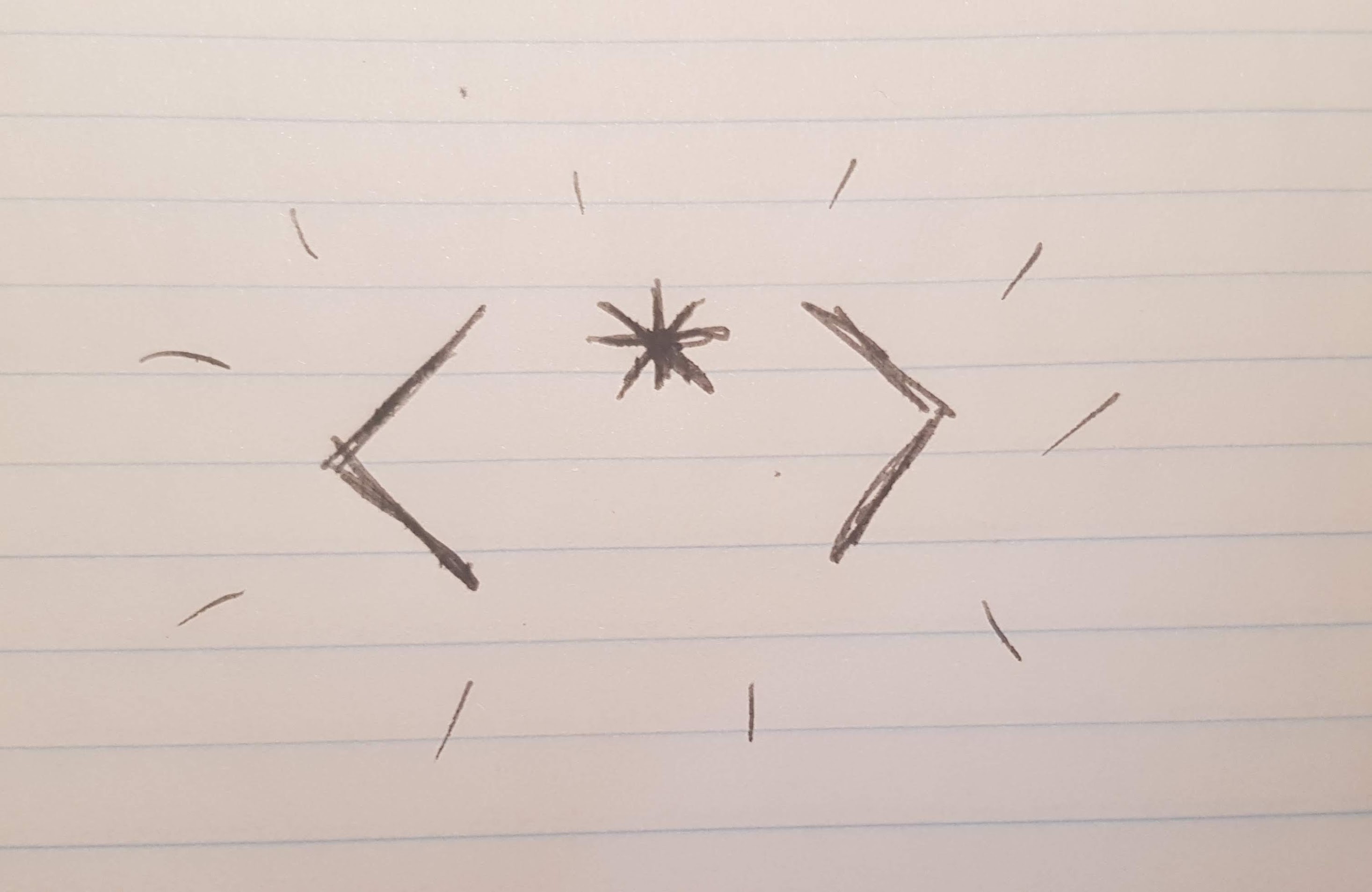Rather than explain what an applicative is, we are only truly concerned with how to use them.
Skip to the end to read the “golden rules” of applicative functors.

Consider a datatype which belongs to the Aplicative typeclass in Haskell. Applicative allows us to combine actions together, as long as the return result of the actions do not need to be used by other actions. Consider the following example:
main :: IO ()
main = do
str <- getFourLines
putStrLn str
getFourLines :: IO String
getFourLines = go <$> getLine <*> getLine <*> getLine <*> getLine where
go line1 line2 line3 line4 = line1 ++ line2 ++ line3 ++ line4
getFourLines can also be written as:
getFourLines :: IO String
getFourLines = go
<$> getLine
<*> getLine
<*> getLine
<*> getLine
where
go line1 line2 line3 line4 = line1 ++ line2 ++ line3 ++ line4
getFourLines will get four lines from stdin and concatenate them together. We have four calls to getLine. The first is prepended by <$>, and the rest are prepended by <*>. Then we have a function called go, which is a generic name. go takes four arguments, one for each call to getLine. If we remove a call to getLine…
getThreeLines :: IO String
getThreeLines = go
<$> getLine
<*> getLine
<*> getLine
where
go line1 line2 line3 = line1 ++ line2 ++ line3
…then go only needs to take three arguments instead of four. The number of <$>’s and <*>’s equals the number of arguments to go. If they don’t match, we get a compilation error.
If we only want the second and fourth lines, we could do the following:
getLinesTwoAndFour :: IO String
getLinesTwoAndFour = go
<$> getLine
<*> getLine
<*> getLine
<*> getLine
where
go _ line2 _ line4 = line2 ++ line4
We can deliberately ignore the return values of the first and third calls to getLine once they get to the go function. However, there is a cleaner way to do the same thing:
getLinesTwoAndFour :: IO String
getLinesTwoAndFour = go
<$ getLine
<*> getLine
<* getLine
<*> getLine
where
go line2 line4 = line2 ++ line4
If we remove the > preceding the call to getLine, then we perform the action, but toss the result. This works for both <$> and <*>.
Consider a different Applicative instance using State. We implement a basic stack. The implementation is not important, suffice to say that push and pop do exactly as expected:
import Control.Monad.State
push :: a -> State [a] ()
push a = modify (a:)
pop :: State [a] a
pop = state $ \(x: xs) -> (x, xs)
doSomething :: State [Int] Int
doSomething = go
<$> pop
<* pop
<*> pop
<* push 15
where go x y = x * y
doSomething will pop three numbers off the top of the stack, ignore the second number, then push 15 onto the stack, We can test this:
ghci> runState doSomething [5, 2, 10]
(50,[15])
where 5 is the top of the stack and 10 is the bottom. doSomething pops 5, 2 and 10 off the stack, and pushes 15 onto it, leaving our stack to be [15]. The return value is 50 (5 * 10), therefore the result of runState will be (50, [15]).
Golden rules
We can now use some easy mnemonics for the basic use of Applicative if we are to write functions in the following way:
applicativeAction = go
<$ action1
<*> action2
<* action3
<*> action4
where
go line2 line4 = doSomething line1 line2
- Each applicative action must be individually prepended with one of either
<$>,<*>,<$, or<*. - Precede the action with
<*or<$if you want to perform the action, but ignore the result. - The first action must be preceded by
<$>or<$, and not by<*>or<*. - The number of arguments to the
gofunction (or whatever you want to call it) must match the number of<$>plus the number of<*>.
This is a simple and generic way to use the basic functionality of Applicative.